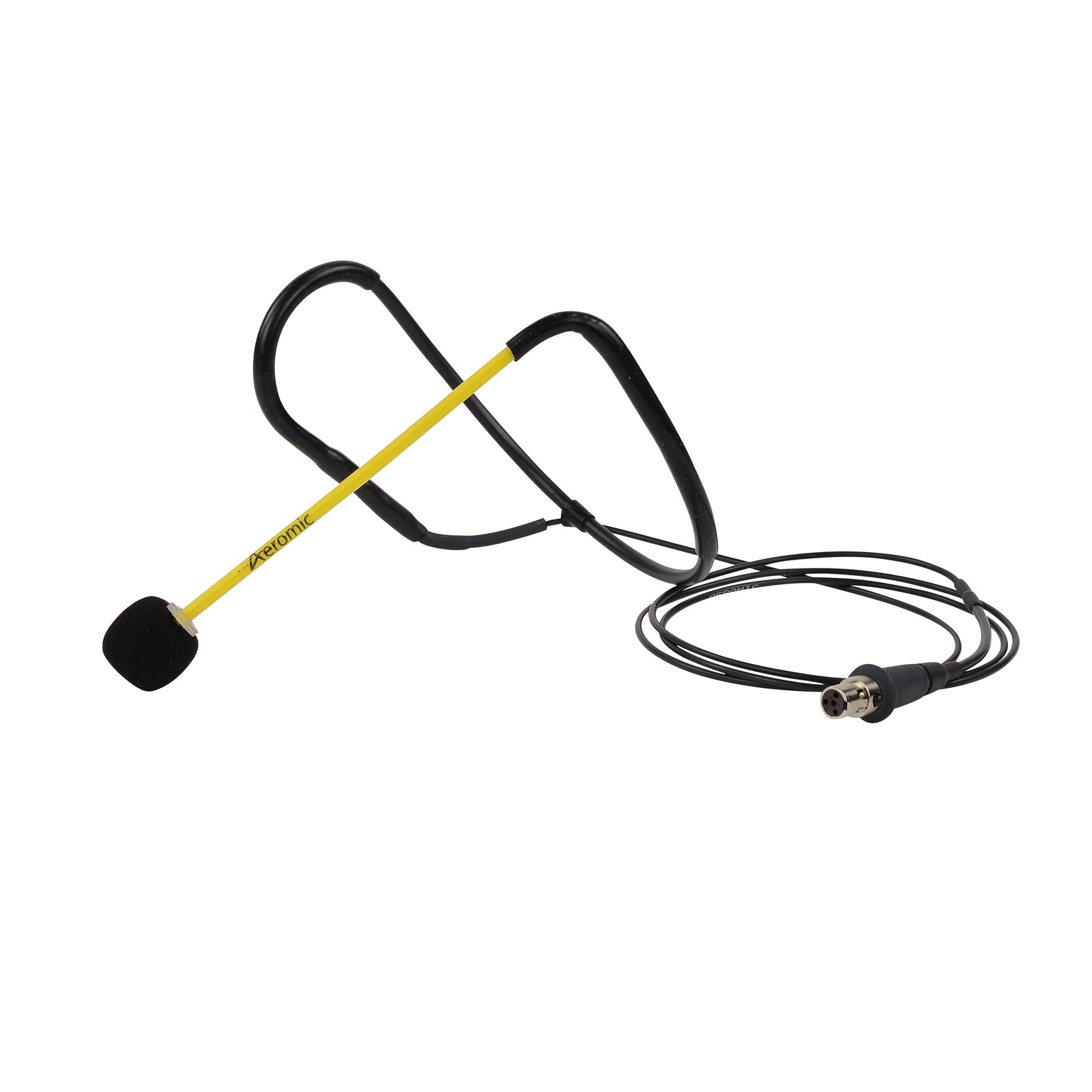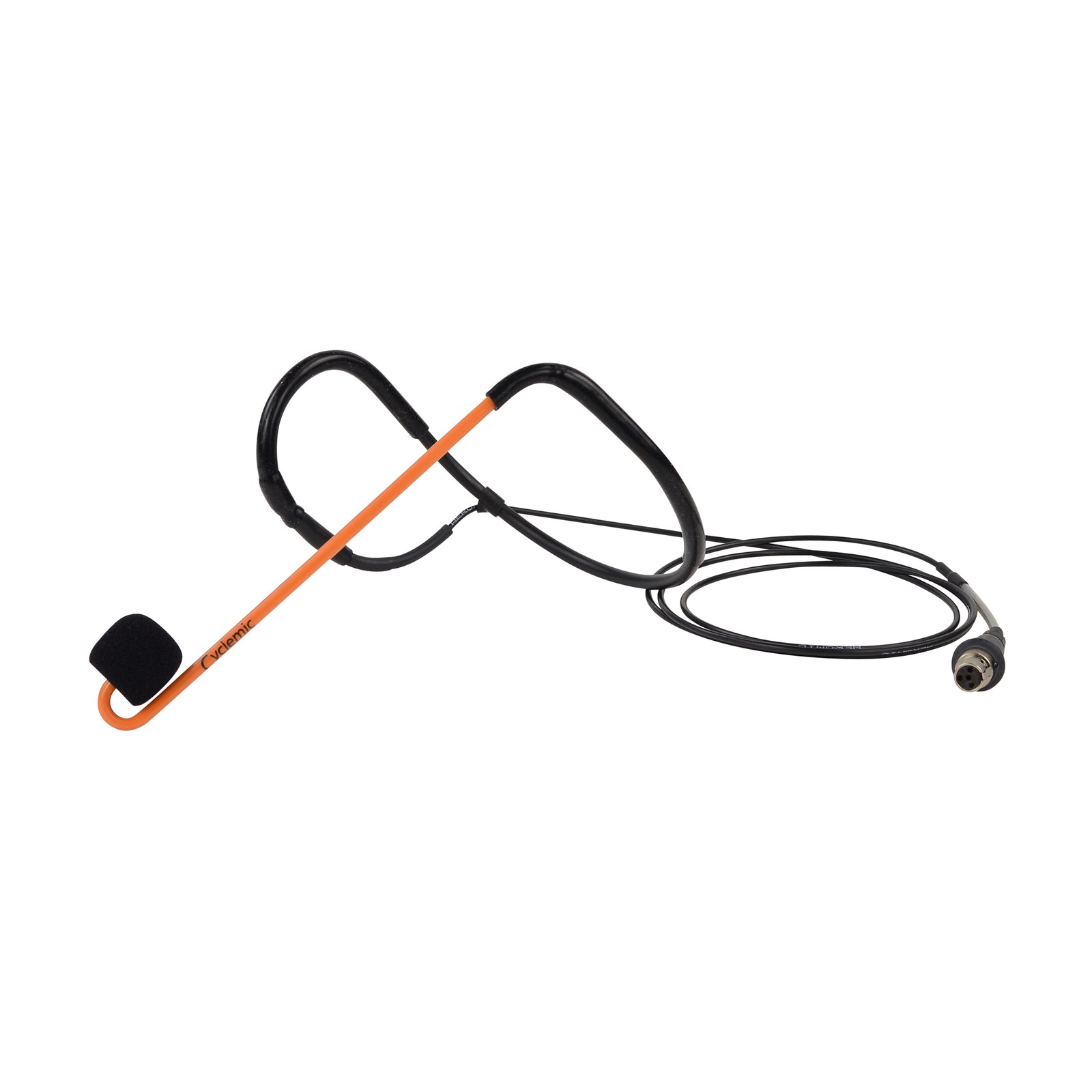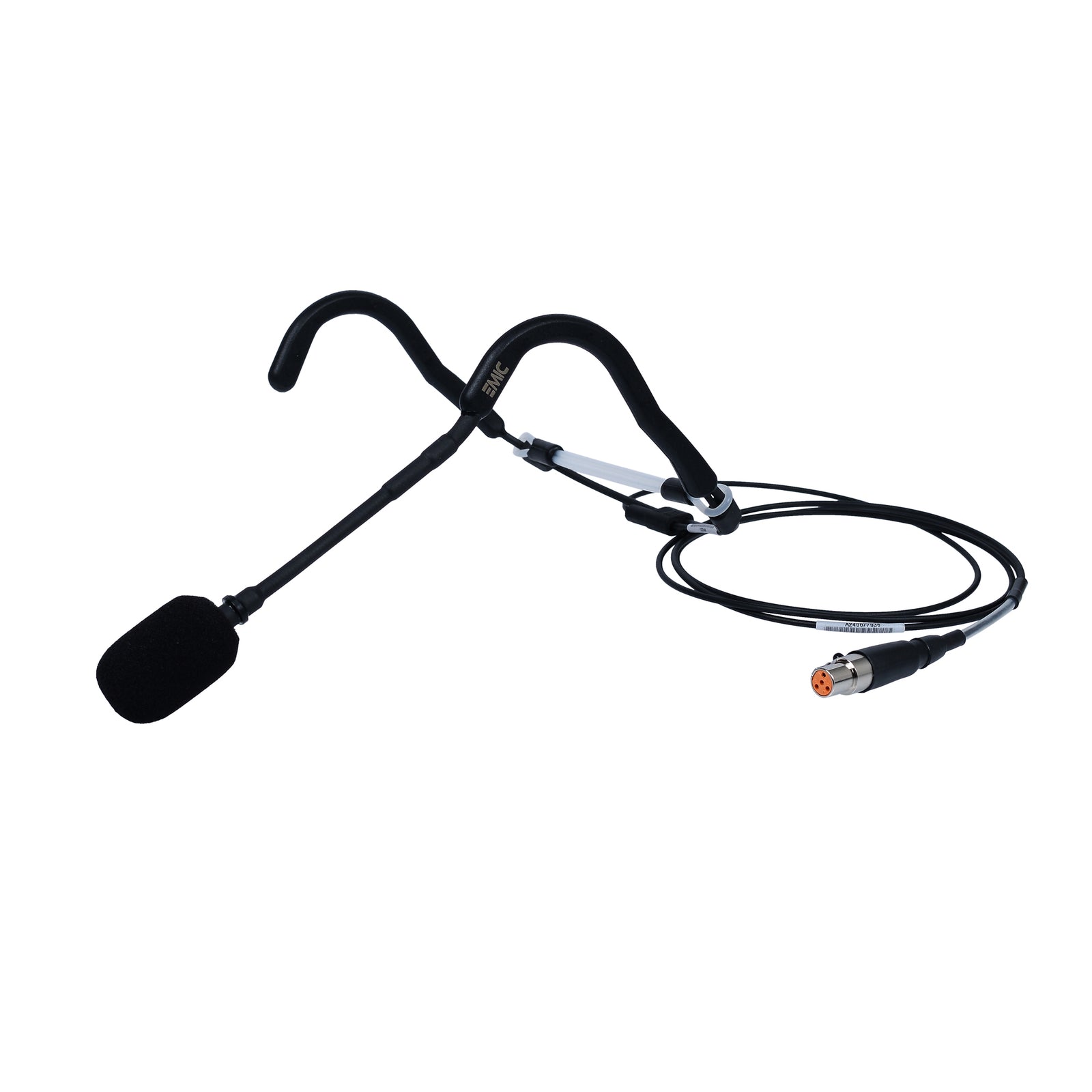This article is for all fitness instructors and group fitness managers who use their phone as the principal music source for teaching aerobics, cycling, aqua aerobics, pilates and gentle exercise classes. This is now the norm at clubs all over the world, so it’s worth reviewing how to get the most out of the MP3 music files in iTunes® and on your phone.
Let’s start at the beginning. The music you will use has either come into your possession as a fitness music CD or as a download from a music web site. The first thing to understand about MP3 compressed music files is the bit rate, the kbps (kilobytes per second) of the digital music data stream. iTunes Store downloads start at 128kbps, which is adequate for listening to music on the bus or while jogging, for example, but there are compromises involved in compressing the music to downloadable size.
Rule 1: Always import your class music into iTunes @ 256kbps or better.
While still not quite CD-quality, 256kbps MP3 tracks retain much more information than 128kbps tracks and are nearly impossible to distinguish from CD. So, what did you lose with the halved bit rate in your 128kbps download? Clean bass notes and bass drum beats for a start – their loud peaks sound like rounded, ill-defined blurs – and when amplified to a typical class volume can sometimes come out with what can only be described as a ‘farting’, distorted bass sound. In more gentle music, such as that used in the various styles of stretch classes, the breathy detail of a solo flute or the decay of a single piano note is shortened. Put simply, there are losses of detail at both ends of the ‘loudness’ spectrum.
Importing at 256kpbs will create bigger files that take up more storage space on your computer and your iPod, but the results you hear at the club will be closer to CD quality and not back to the bad old days of sounding like you’re using cassettes for your class music. In iTunes 8 the import settings can be found by going to iTunes -> Preferences -> Genera l-> Import Settings and selecting ‘Custom’ from the drop-down menu. If using other software, search the program’s help file for ‘bit rate’ or ‘import settings’.
Rule 2: Use a volume equaliser program when assembling your own playlist.
If you are using a fitness music CD transferred to your phone via iTunes then you shouldn’t have to worry about the volume jumping up and down between tracks as this will have already been adjusted in the Mastering process. However, if you teach a cycling class and you want to assemble your own 60-minute soundtrack, the volume of each track has to be treated and individually adjusted to the same average setting. iTunes has a ‘Soundcheck’ feature, for more consistent results you may want to purchase volume-specific software, such as iVolume, which is quick, easy and does a good job. There are other programs available on the market, so search around for one that suits you.
Once you have your class music playlist transferred to your phone, you’re ready to head to the club to teach. The sound system at your club will have one of two options to allow you to use your player. The simplest is a ‘floating’ cable connected to the mixer with the mini plug hanging there on top of the rack, or as with the Aeromix mixer, there’s a socket on the front with a white cable provided – so you plug this into the headphone socket and press play – is that right? NO! First you must check the player’s settings to make sure you’ll get a good result – so press the ‘Menu’ button on your iPod until you can see and select ‘Settings’.
We also have a great new product that allows you to connect to your existing system via a Bluetooth - AeroLink Stereo Bluetooth™ Receiver
Rule 3: Check the following settings on your player before you leave home!
1. Shuffle should be OFF – you don’t want a random order of music tracks coming out
2. Repeat should be OFF as well – you don’t want the playlist starting again as soon as you’ve finished
3. Volume limit should be set to MAXimum – you turn it down to protect your hearing, but with a sound system you have to turn it up to the max to generate the volume needed by the system and to get closer to the CD player’s loudness.
4. EQ reset to OFF or FLAT – all those different EQ settings are designed to make your music sound good when you are using the earphones supplied, but through a sound system amplified to 95dBA or more and when combined with the bass and treble settings of the mixer they can make the music sound ‘mushy’. It’s best to leave the system sound to the mixer, not the player!
5. Soundcheck should be ON – this is important as it works with the volume levelling software to maintain a more even volume between tracks.
It’s the same procedure if you have a docking device or a player like a Numarkor Tascam Players. The benefit of having one of these players in the rack is that the output level is stronger with less distortion, and the player’s battery won’t give out on you if you forgot to charge it up the previous night.
There’s a lot more to making the most of your phone in group fitness exercise classes than simply plugging it in and pressing play – as with so many things, preparation is everything!
One last thing; there’s a move towards digital media players that just have a USB socket for your music files – it’s starting with portable PA systems that get used in aqua classes. Generally speaking, these players have a numeric/alpha track reading priority system. This means you must insert the track order number into the title of the song in your iTunes Playlist, i.e. 001_Warm up song number 1, 002_Warm up song number 2 and so on, so the system will read the numbers first and ignore the first letter of your song titles. This can be a good alternative to using your MP3 player, as USB keys are very cheap these days – with 1GB available for about $10 and able to hold up to 200 song files, they are so cheap you could afford to carry a backup around with you – now wouldn’t that be something?
Let’s start at the beginning. The music you will use has either come into your possession as a fitness music CD or as a download from a music web site. The first thing to understand about MP3 compressed music files is the bit rate, the kbps (kilobytes per second) of the digital music data stream. iTunes Store downloads start at 128kbps, which is adequate for listening to music on the bus or while jogging, for example, but there are compromises involved in compressing the music to downloadable size.
Rule 1: Always import your class music into iTunes @ 256kbps or better.
While still not quite CD-quality, 256kbps MP3 tracks retain much more information than 128kbps tracks and are nearly impossible to distinguish from CD. So, what did you lose with the halved bit rate in your 128kbps download? Clean bass notes and bass drum beats for a start – their loud peaks sound like rounded, ill-defined blurs – and when amplified to a typical class volume can sometimes come out with what can only be described as a ‘farting’, distorted bass sound. In more gentle music, such as that used in the various styles of stretch classes, the breathy detail of a solo flute or the decay of a single piano note is shortened. Put simply, there are losses of detail at both ends of the ‘loudness’ spectrum.
Importing at 256kpbs will create bigger files that take up more storage space on your computer and your iPod, but the results you hear at the club will be closer to CD quality and not back to the bad old days of sounding like you’re using cassettes for your class music. In iTunes 8 the import settings can be found by going to iTunes -> Preferences -> Genera l-> Import Settings and selecting ‘Custom’ from the drop-down menu. If using other software, search the program’s help file for ‘bit rate’ or ‘import settings’.
Rule 2: Use a volume equaliser program when assembling your own playlist.
If you are using a fitness music CD transferred to your phone via iTunes then you shouldn’t have to worry about the volume jumping up and down between tracks as this will have already been adjusted in the Mastering process. However, if you teach a cycling class and you want to assemble your own 60-minute soundtrack, the volume of each track has to be treated and individually adjusted to the same average setting. iTunes has a ‘Soundcheck’ feature, for more consistent results you may want to purchase volume-specific software, such as iVolume, which is quick, easy and does a good job. There are other programs available on the market, so search around for one that suits you.
Once you have your class music playlist transferred to your phone, you’re ready to head to the club to teach. The sound system at your club will have one of two options to allow you to use your player. The simplest is a ‘floating’ cable connected to the mixer with the mini plug hanging there on top of the rack, or as with the Aeromix mixer, there’s a socket on the front with a white cable provided – so you plug this into the headphone socket and press play – is that right? NO! First you must check the player’s settings to make sure you’ll get a good result – so press the ‘Menu’ button on your iPod until you can see and select ‘Settings’.
We also have a great new product that allows you to connect to your existing system via a Bluetooth - AeroLink Stereo Bluetooth™ Receiver
Rule 3: Check the following settings on your player before you leave home!
1. Shuffle should be OFF – you don’t want a random order of music tracks coming out
2. Repeat should be OFF as well – you don’t want the playlist starting again as soon as you’ve finished
3. Volume limit should be set to MAXimum – you turn it down to protect your hearing, but with a sound system you have to turn it up to the max to generate the volume needed by the system and to get closer to the CD player’s loudness.
4. EQ reset to OFF or FLAT – all those different EQ settings are designed to make your music sound good when you are using the earphones supplied, but through a sound system amplified to 95dBA or more and when combined with the bass and treble settings of the mixer they can make the music sound ‘mushy’. It’s best to leave the system sound to the mixer, not the player!
5. Soundcheck should be ON – this is important as it works with the volume levelling software to maintain a more even volume between tracks.
It’s the same procedure if you have a docking device or a player like a Numarkor Tascam Players. The benefit of having one of these players in the rack is that the output level is stronger with less distortion, and the player’s battery won’t give out on you if you forgot to charge it up the previous night.
There’s a lot more to making the most of your phone in group fitness exercise classes than simply plugging it in and pressing play – as with so many things, preparation is everything!
One last thing; there’s a move towards digital media players that just have a USB socket for your music files – it’s starting with portable PA systems that get used in aqua classes. Generally speaking, these players have a numeric/alpha track reading priority system. This means you must insert the track order number into the title of the song in your iTunes Playlist, i.e. 001_Warm up song number 1, 002_Warm up song number 2 and so on, so the system will read the numbers first and ignore the first letter of your song titles. This can be a good alternative to using your MP3 player, as USB keys are very cheap these days – with 1GB available for about $10 and able to hold up to 200 song files, they are so cheap you could afford to carry a backup around with you – now wouldn’t that be something?







